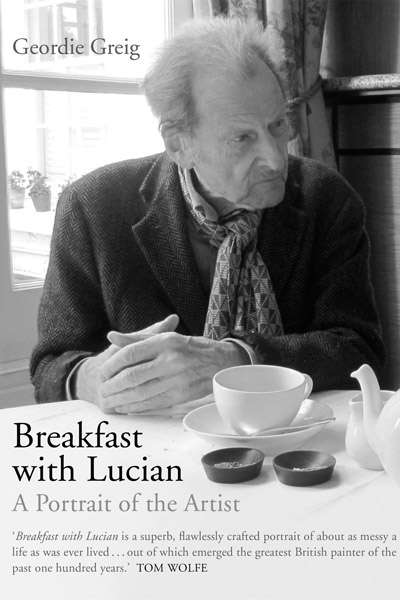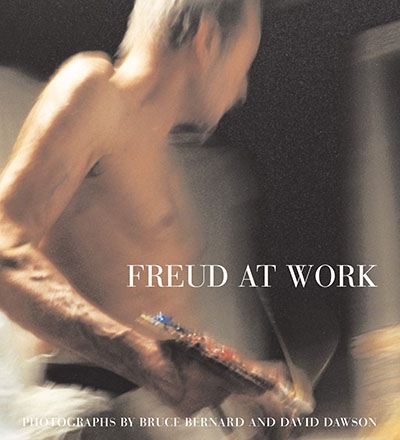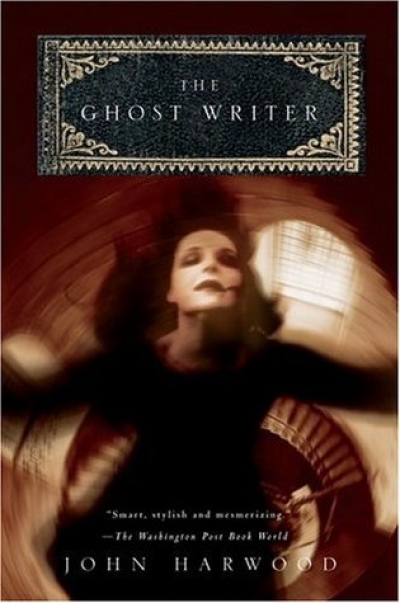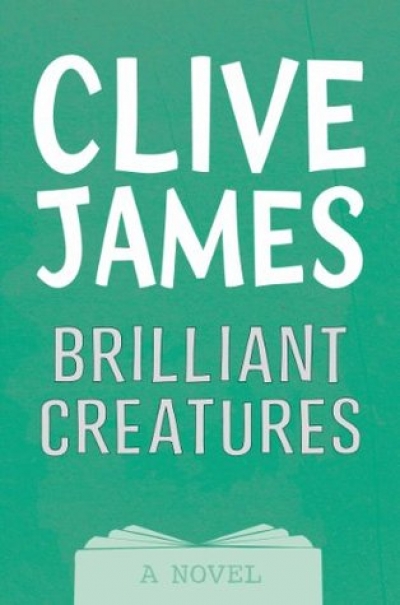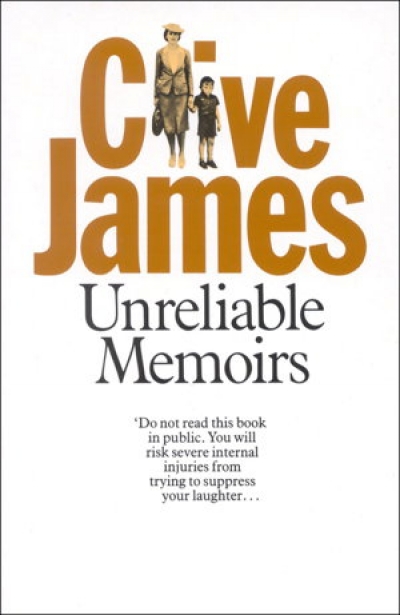Brilliant Creatures is not so much a novel – a first novel, as the title page coyly points out – as it is a presentation pack. The text itself is bookended by an introduction at the front, and a set of extensive, very boring notes and index at the back. A set of notes and an index for a novel, a first novel? Yep. Clive James has heard of Nabokov and Pale Fire. He has also, as the four-page introduction makes clear, heard of his ‘illustrious ancestor Henry’: of Gide, Montaigne, Sterne, Peacock, Firbank, Trollope, Joyce, Shakespeare, and Nietzsche.
...
(read more)

